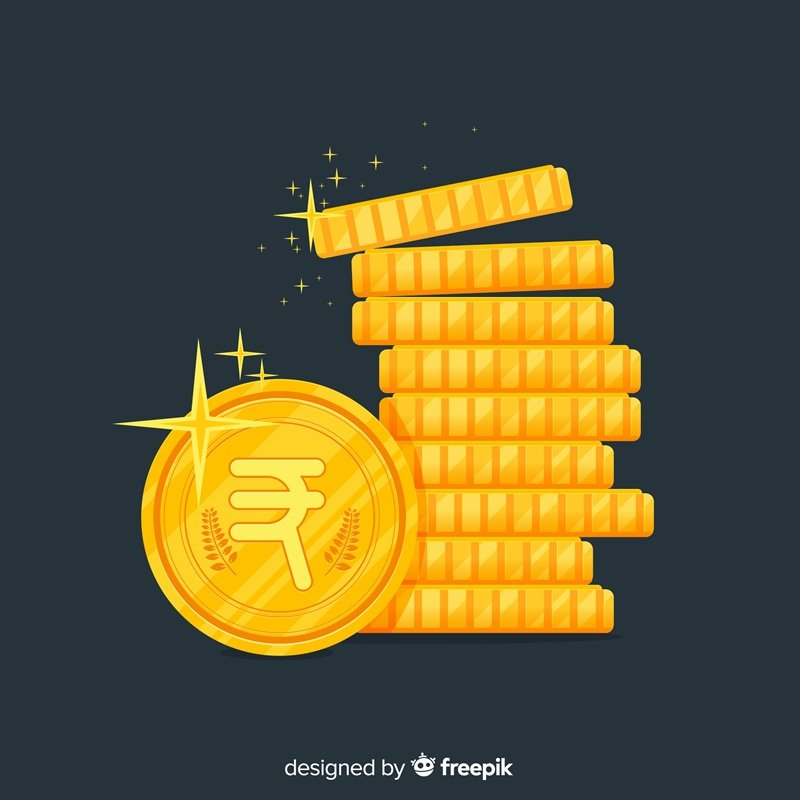
Gold has long held a special place in India’s cultural, economic, and investment landscapes. From weddings and festivals to long-term investments, gold plays a pivotal role in Indian households. Its price, however, has witnessed significant fluctuations over the decades, driven by a combination of global and domestic factors. Here’s a deep dive into the historical trends of gold rates in India, their causes, and their implications.
Factors Influencing Gold Prices
Before exploring the historical trends, it’s important to understand the key factors that influence gold prices in India:
- Global Market Trends: Gold is traded globally, and its price in India is influenced by international spot prices.
- Currency Exchange Rates: Since gold is traded in US dollars, fluctuations in the INR-USD exchange rate significantly impact its price domestically.
- Inflation: Gold is often considered a hedge against inflation. Higher inflation rates tend to drive gold prices up.
- Demand and Supply: Festive seasons, weddings, and other cultural events increase gold demand in India, influencing prices.
- Economic and Political Uncertainty: During times of crisis, gold is viewed as a safe-haven asset, leading to increased demand and higher prices.
- Import Duties and Taxes: India imports most of its gold. Changes in import duties and government policies directly affect prices.
Historical Trends in Gold Rates
1970s: The Beginning of a Golden Journey
In the 1970s, gold was priced at approximately ₹184 per 10 grams. The market was heavily regulated, and gold was considered a luxury item. However, the global oil crisis and economic uncertainties began to push gold prices upward.
1980s: A Period of Gradual Increase
Gold rates increased steadily during the 1980s, reaching around ₹1,300 per 10 grams by the end of the decade. This rise was attributed to economic liberalization and increased demand during festive and wedding seasons.
1990s: Economic Reforms and Price Volatility
India’s economic liberalization in 1991 marked a turning point. Gold prices started at around ₹4,000 per 10 grams and climbed steadily, influenced by:
- Rising inflation.
- The removal of import restrictions.
- Increased global gold prices. By the end of the decade, gold was priced at approximately ₹4,400 per 10 grams.
2000s: The Era of Soaring Prices
The early 2000s witnessed a significant surge in gold prices, driven by:
- Global economic crises, including the dot-com bubble burst and the 2008 financial crisis.
- High inflation and currency depreciation in India. By 2010, gold was trading at around ₹18,500 per 10 grams, reflecting a growing preference for gold as a safe-haven investment.
2010-2020: Record Highs Amid Global Uncertainty
The past decade saw gold prices reach unprecedented levels, influenced by:
- Quantitative easing policies in major economies.
- Geopolitical tensions and economic uncertainty.
- The COVID-19 pandemic, which further spiked demand for gold. In August 2020, gold prices peaked at ₹56,191 per 10 grams, driven by record-high global prices and a weak Indian rupee.
2021-Present: Stabilization with Periodic Fluctuations
Post-pandemic, gold prices have shown periodic fluctuations. While they retreated from their 2020 highs, they have remained robust due to:
- Persistent inflation concerns.
- Continued geopolitical tensions.
- Strong domestic demand during festivals and weddings. As of 2023, gold prices hover around ₹60,000 per 10 grams, reflecting steady demand and global market trends.
Key Insights from Historical Trends
- Gold as a Hedge Against Inflation: Historical data shows that gold prices tend to rise during periods of high inflation, making it a preferred choice for wealth preservation.
- Safe-Haven Asset: During economic downturns and geopolitical crises, gold’s appeal as a secure investment grows, leading to price surges.
- Impact of Global Factors: Events like the 2008 financial crisis and the COVID-19 pandemic have significantly influenced gold prices, underscoring its sensitivity to global developments.
- Cultural Significance in India: Gold demand surges during festive and wedding seasons, reflecting its deep cultural roots in Indian society.
Implications for Investors
- Long-Term Investment: Historical trends indicate that gold can provide steady returns over the long term, making it a reliable investment option.
- Portfolio Diversification: Adding gold to a diversified portfolio can reduce overall risk and enhance stability during market downturns.
- Monitoring Global and Domestic Factors: Investors should stay updated on global market trends, currency movements, and domestic policies to make informed decisions.
Conclusion
The historical trends of gold rates in India highlight its enduring value as both an investment and a cultural asset. While prices have fluctuated due to global and domestic factors, gold has consistently proven to be a safe-haven investment and a hedge against economic uncertainties. By understanding these trends and their driving forces, investors can make informed decisions and harness the potential of gold to secure their financial future.






